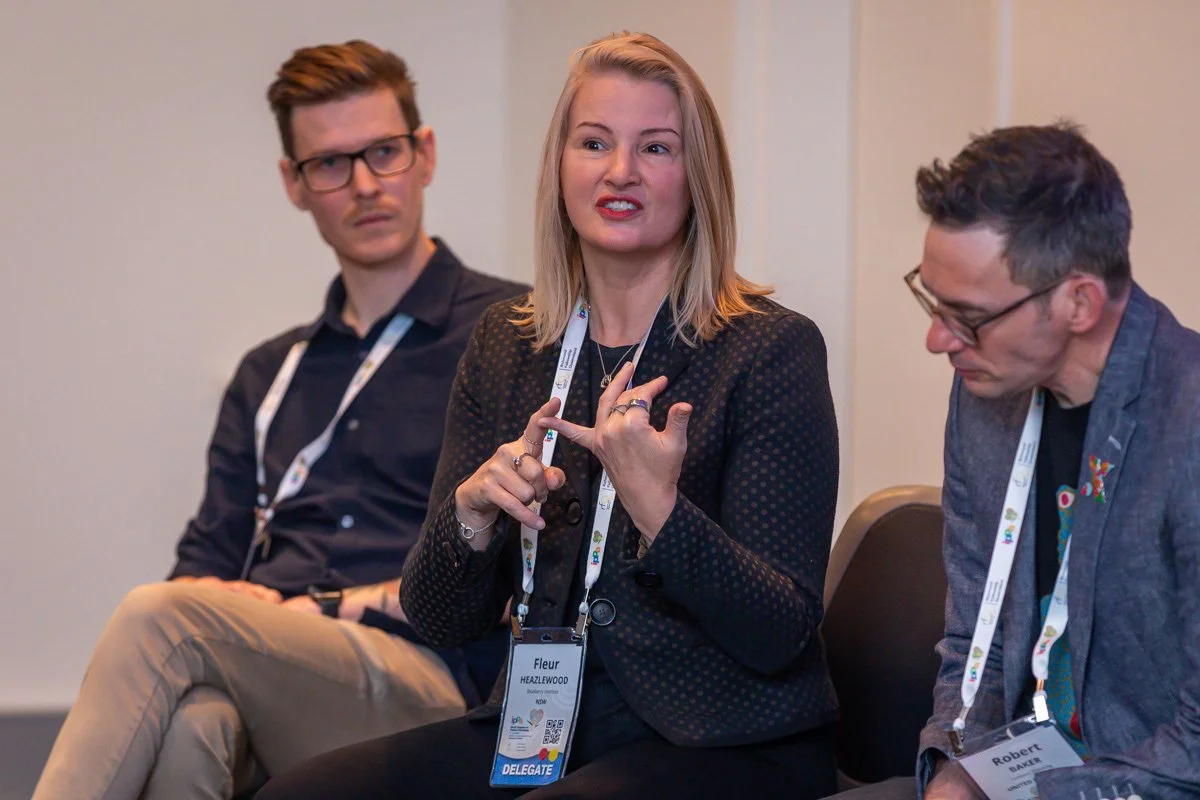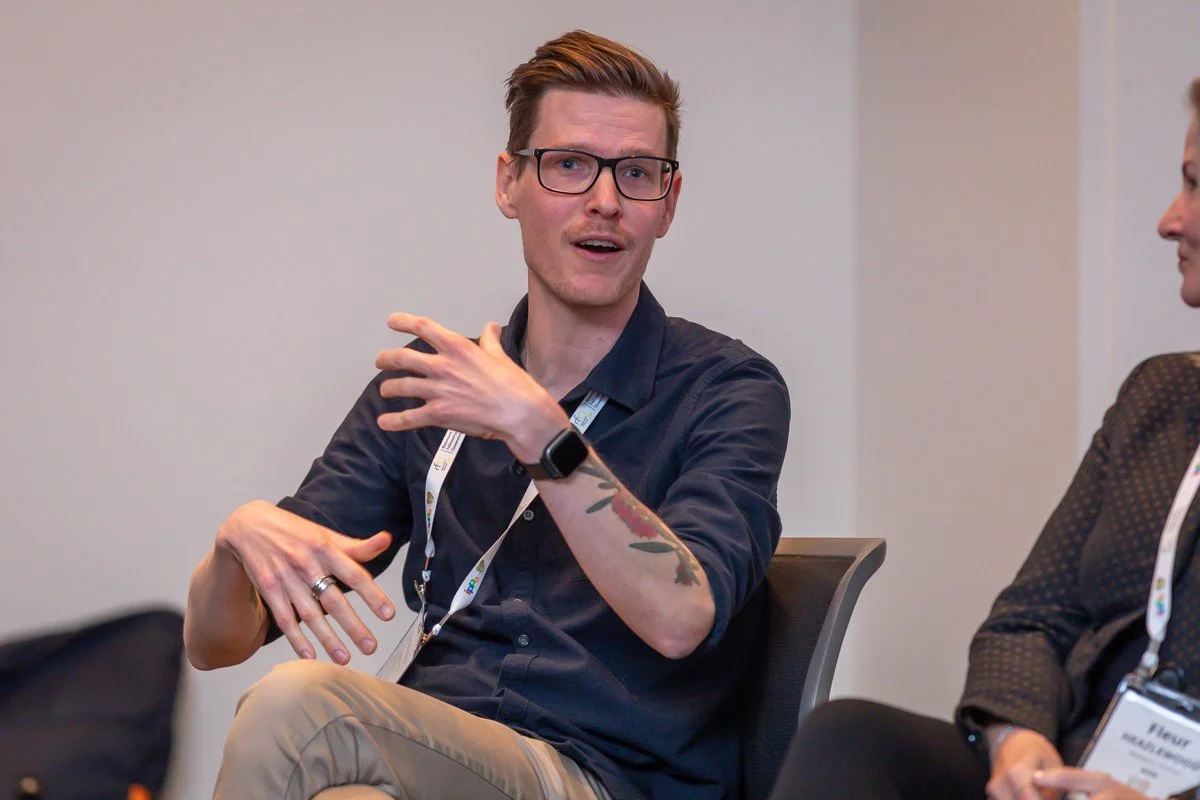Crafting Better Lives at Work and Beyond
It started, as these things often do, with a deceptively simple question: What if we had more say in how our jobs and lives were shaped?
At the World Positive Psychology Congress in Brisbane, Australia, four experts gathered for a spirited panel on “Job Crafting and Life Crafting” — a session that moved beyond academic theorising to tackle the practical, political and deeply personal implications of how we shape our work and lives. The panel, chaired by researcher Reb Rebele, brought together psychologist Gavin Slemp, practitioner Fleur Heazlewood, consultant and author Rob Baker, and emerging scholar Andrew Napier.
“Job crafting” — the process of individuals redesigning their roles to better align with their strengths, values and passions — may sound niche, but it’s an idea gaining traction in workplaces and wellbeing research alike. Its younger sibling, “life crafting”, stretches the concept into everyday life.
From PhDs to Practicality
Dr Gavin Slemp, whose journey with job crafting began during his doctorate, reminded the audience that crafting isn’t a corporate fad. Rooted in self-determination theory, the concept taps into our psychological needs for autonomy, competence and relatedness.
“Even in roles with limited flexibility,” Slemp noted, “like records management at a local council, there are cognitive and creative ways to bring more meaning.” His example? A council team that turned a dull systems update into a film-making project, injecting joy and engagement into otherwise rigid work.
Andrew Napier picked up this thread, highlighting crafting as accessible to all. “My partner works in construction,” he said. “After just one chat about life crafting, she spearheaded a campaign to introduce feminine hygiene products on site — not part of her job, but hugely meaningful.” For Napier, crafting isn’t confined to job descriptions; it’s a proactive response to unmet psychological needs, wherever they arise.
Crafting vs Coping?
But is crafting just a feel-good plaster on a broken system? Rebele posed a challenge: “Are we shifting responsibility for wellbeing onto individuals in systems that remain unchanged?”
Fleur Heazlewood acknowledged this tension but sees crafting as a catalyst, not a cop-out. “It’s not about offloading systemic responsibility. It’s about giving people permission, language and structure to shape work in ways that work for them,” she argued. She works with organisations to embed crafting into culture — not as an extra, but as a core part of how work is done.
Baker added a helpful distinction: “Crafting isn’t just being proactive — it’s proactivity with intent. Like running with a goal in mind rather than jogging aimlessly. It’s about purposefully making your work more you.”
To address fears of chaos or disengagement, Baker and Heazlewood advocate “wise job crafting” — a model that asks employees to consider the impact of changes on themselves, their teams and the organisation. “It’s not a free-for-all,” Baker noted, “but it is a framework for autonomy with accountability.”
Beyond the Individual
The conversation shifted to crafting’s collective potential. “When teams craft together,” Slemp explained, “they co-create meaning. It’s not just personal wellbeing — it’s engagement, cohesion and creativity at a group level.”
Heazlewood sees this play out in resilience training. “When everyone’s in the room, crafting becomes inclusive. People are more likely to share needs and support each other’s changes.”
And it’s not just for the experienced. Napier’s research on emerging adults suggests that life crafting offers young people a structured way to explore values and direction — a modern rite of passage in an uncertain world.
The Inclusive Edge
One of the most compelling moments came when the panel explored crafting as a tool for inclusion. “In the UK,” said Baker, “we talk about ‘reasonable adjustments’ for people with disabilities — a legal but often disempowering frame.” Reframing those conversations through a crafting lens, he said, makes them collaborative, not compensatory. “It says: ‘We all personalise our work; let’s find the best way for you to do the same.’”
Heazlewood agreed. “When everyone’s invited to craft, ‘adjustments’ happen naturally. It’s not about one person getting special treatment — it’s about everyone being seen and supported.”
A Future We Shape
As the panel drew to a close, Rebele posed a final, one-word-answer question: Will AI be a help or a hindrance to job and life crafting?
“Positive,” said Slemp. “Enabler,” offered Heazlewood and Napier. “Positive,” echoed Baker — though not without a grin.
And perhaps that’s the takeaway. Crafting isn’t a silver bullet. But in a world of burnout, complexity and AI-generated uncertainty, it’s a hopeful tool. A way to move from surviving to shaping. From job descriptions to job meaning. From life management to life design.
As Baker put it, “It’s not about tearing up job specs — it’s about weaving yourself into your work.”





